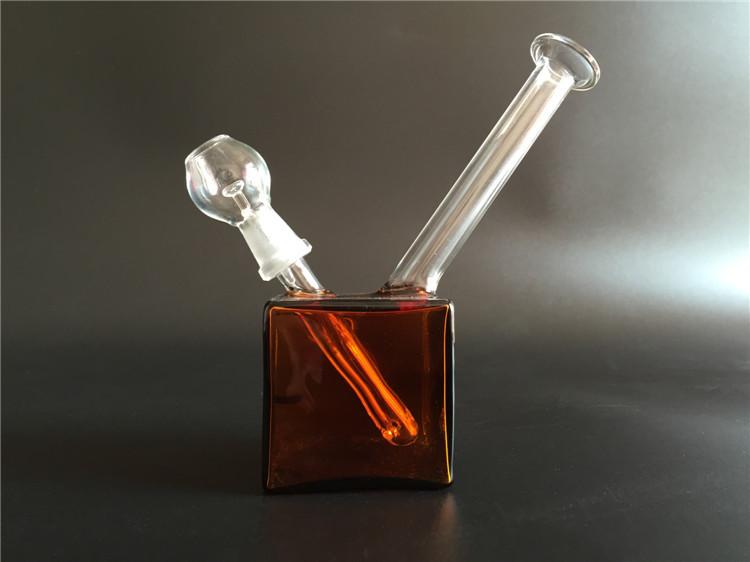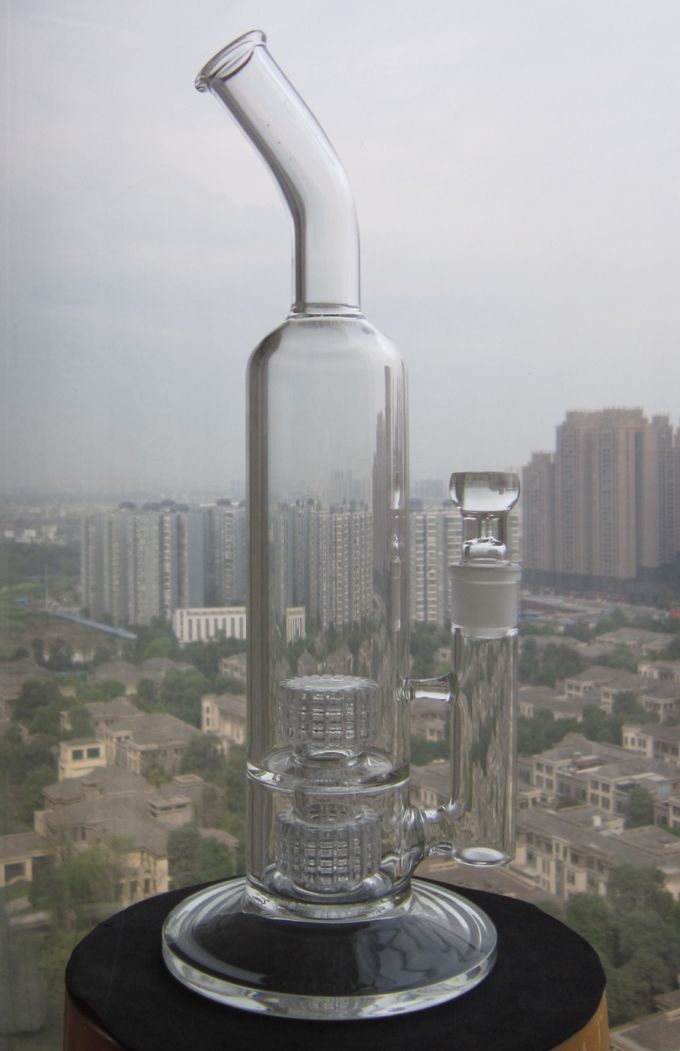I tried a brief Google-Fu but I don't have time to dive I to the rabbit hole. There are different conditions for different inventions. The item I was researching for was a tool. I was under the impression that if I just went ahead and produced and sold them, I could raise capital for the patent. But that "one year rule" was my catch 22.
What is the one-year rule?
2007/// Filed in:
Patent Law
The one-year rule, also known as the one-year grace period or on-sale bar, is a doctrine that prevents an inventor for acquiring patent protection if the application is filed more than one year of the following: 1) any public use of the invention by the inventor, a sale of the invention, an offer of sale, or public use of the invention in the United States, OR 2) any description of the invention by the inventor in a published document (i.e. a printed publication) in any country. This enables inventors to market or commercialize their inventions for up to a year and decide whether or not they want to seek patent protection. After the one-year period, the invention becomes public domain and is not eligible for patent protection since it is considered to be prior art. In general, disclosure under a signed confidentiality agreement is not considered to be public disclosure.
In 1998 the Supreme Court established a two-part test (Plaff vs Wells) to determine the commencement of the on-sale bar. According to this test 1) there must be an offer for commercial sale -not experimentation-, and 2) the invention must be ready for patenting (i.e. it must be reduced to practice or fully documented so that a person skilled in the art could create a working version of the invention).
For the purposes of patent law, a printed publication is considered to be any method of recording information such as paper, hard-drive, CD/DVD, microfilm, etc. If the printed publication contains a full disclosure of the invention (i.e. a description with enough detail that would enable a person skilled in the art to create a working version of the invention), the inventor will be barred from patent protection if the application is filed after a year of the date of publication. For the purposes of patent law, public disclosure is considered to take place once there is public accessibility to the printed publication. For instance, in the case of a doctoral dissertation public disclosure is considered to be the date when the university catalogs the dissertation and makes it available to the public. In the case of peer-reviewed journals, the date of publication is typically considered to be the date when the paper get published (i.e. available to the public) but depends on the specific editorial policies of the specific journal. In any case, it is a good idea to file for a provisional patent before any public disclosure.
Compared with other countries, the grace period by the USPTO is very generous. For instance, the European Patent Office requires "absolute novelty" (i.e. any public disclosure would prevent the inventor for acquiring patent rights). Article 54(2) of the European Patent Convention (EPC) defines prior art to include "everything made available to the public by means of a written or oral description, by use, or in any other way, before the date of filing of the European patent application."
References:
[1] Stim, R. "Intellectual Property. Patents, Trademarks, and Copyrights" West Legal Studies.
[2]
Black's Law Dictionary 5th ed., (West Publishing, 1979).
[3] Manual of Patent Examining Procedure, 8th Edition




 on it. I hope I don't come away disappointed
on it. I hope I don't come away disappointed 
 Hope you get a good one!!
Hope you get a good one!!